What is Biodiversity Net Gain?
This term is essential understanding for anyone connected with building developments, as well as those involved with nature restoration.
It’s no secret that the substantial loss of habitats due to development continues to fragment nature across the UK. One of the most nature-depleted countries in Europe, the UK urgently needs to address the fact that one in six species is at risk of being lost.
Crucial in helping the Government’s drive to support nature, Biodiversity Net Gain (BNG) aims to minimise the ecological impacts of developments by ensuring a minimum increase of biodiversity on the proposed development site by at least 10%.
This measurable biodiversity increase comes from habitat creation or enhancements, either at the development or offsite. And this is where companies such as Nattergal can step in, with the land they are restoring for nature being used to help offset developments.
Biodiversity Net Gain, from February 2024, is for large-scale developers, with BNG for small-scale housing developers and Nationally Significant Infrastructure Projects (NSIPs) becoming mandatory at a later date. Crucially, BNG is a requirement for every Local Planning Authority (LPA) in England – the LPA will not grant planning permission for developments until the BNG requirements are satisfied.
How does BNG work?
Biodiversity is measured using a habitat classification system known as UK Hab, which is carried out by qualified ecologists. BNG units can then be calculated using a tool known as the DEFRA Statutory Biodiversity Metric 4.0. The tool uses change in habitat before and after the proposed development as a proxy for the impact on nature.
There are four main indicators the tool uses: habitat size, condition, distinctiveness, and strategic significance. In order for a developer to be granted planning permission, the environmental impact of the development must be calculated using the Biodiversity Metric tool. The likely loss of biodiversity due to the development is converted into BNG habitat units – the developer then has to not only replace the lost biodiversity, but increase it by at least 10% – with some LPAs requiring higher levels.
Within BNG legislation there is mitigation hierarchy for habitat creation and enhancement projects. The mitigation hierarchy ensures that avoiding ecological damage is the first priority, then minimisation, then onsite BNG provisions. Only after this mitigation hierarchy has been followed, do any unavoidable offsets from an off-site provider come into play. If the minimum 10% increase in biodiversity through habitat creation or enhancement can be completed on site, this is the preferred option.
If it is not possible to do so onsite, developers can buy BNG units from projects within the same LPA or National Character Area (NCA). Units can be bought from other regions, but a spatial multiplier means that the further away the net gain from the development site, a larger area (and therefore higher cost) is required to generate the number of units that need to be bought for the development area.
Integration of BNG plans early in any development will be necessary to ensure positive outcomes for both nature and developers. In addition, an automatic pre-commencement condition will need to be met, through a biodiversity net gain plan approved by the LPA, before planning permission can be granted.
Habitats created or enhanced for BNG must be managed and regularly monitored for a minimum of 30 years, to ensure the positive benefits for biodiversity are achieved. The legislation itself is mandated under the Environment Act 2021, and will work alongside existing legislation around habitat and species protection.
Where does BNG take place?
The ideal is that development schemes achieve onsite delivery of improving biodiversity. However, in many cases this will be a challenge and offsite delivery of BNG is likely to play a substantial part in the market.
If the developer is unlikely to achieve the required biodiversity increase onsite, they can purchase biodiversity units offsite, usually from a pre-established project creating or enhancing habitats.
If the BNG is being developed offsite, a contractual agreement must be drawn up between the developer and the project partner which is legally binding whilst the project developer also legally binds their land to nature delivery for 30 years. This is done through legal mechanisms such as a section 106 with the LPA, or a conservation covenant with an authorised responsible body. In most cases if developers are working with a partner project to supply their BNG, the public or private land manager of that project will be responsible for managing the land where the BNG units have been purchased.
Land that will be used to deliver BNG units offsite will be registered and publicly available. And for those limited cases when no onsite or off-site BNG is available, there are statutory credits (but this type of credit is a last resort).
How does it impact people and the environment?
BNG should result in benefits for both people and nature. Not only does BNG ensure an increase in biodiversity, but it will increase access to green spaces – both on the development site and at off-site projects. Having access to green space is known to have multiple benefits to mental and physical well-being.
Through habitat creation and enhancement, other ecosystem services will be provided such as flood management, carbon storage, improved soil health and improved air quality.
The creation of habitats will help to improve the connectivity of natural spaces within England, which in turn helps the landscape and wildlife to become more resilient to our changing climate.


